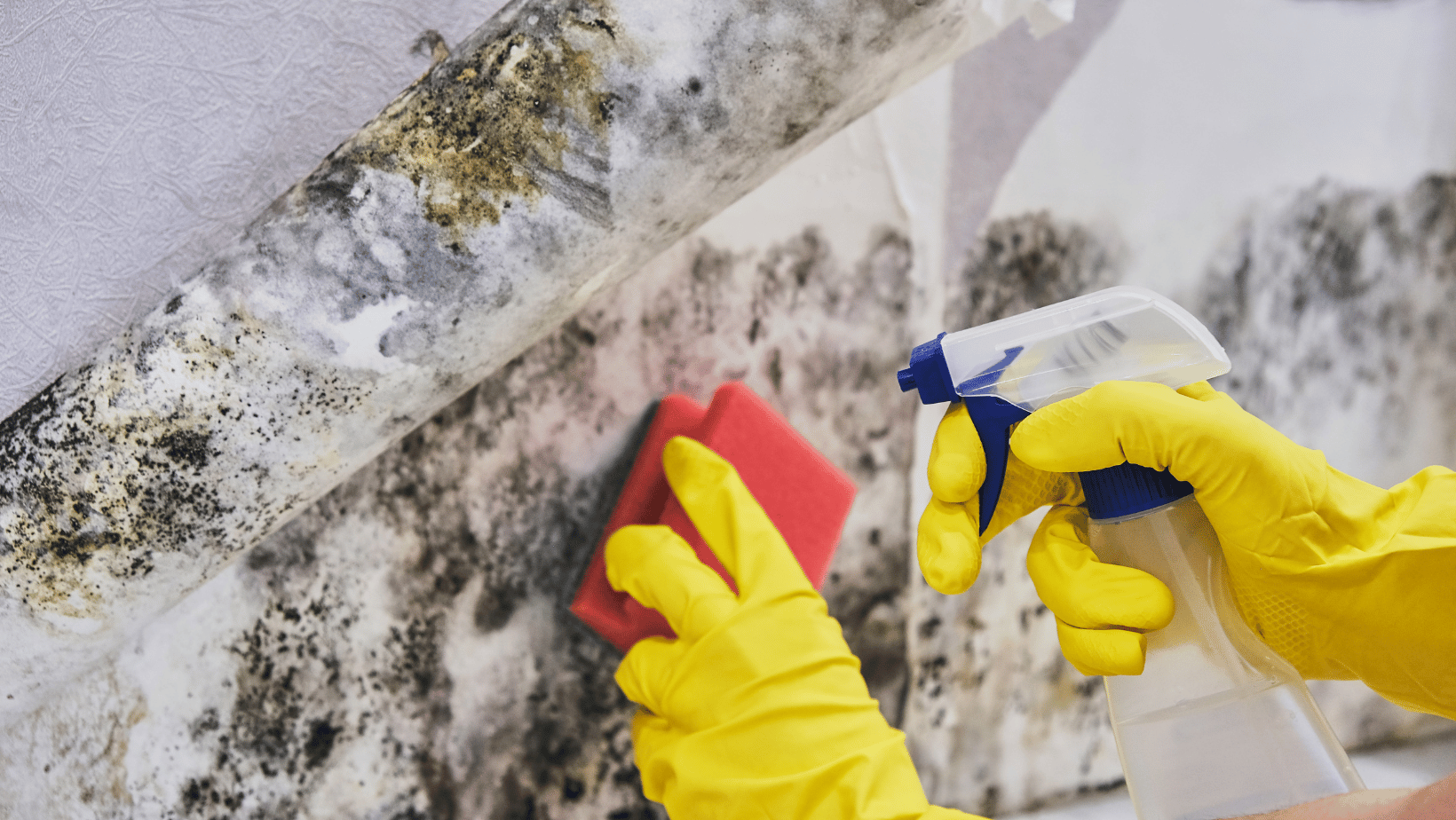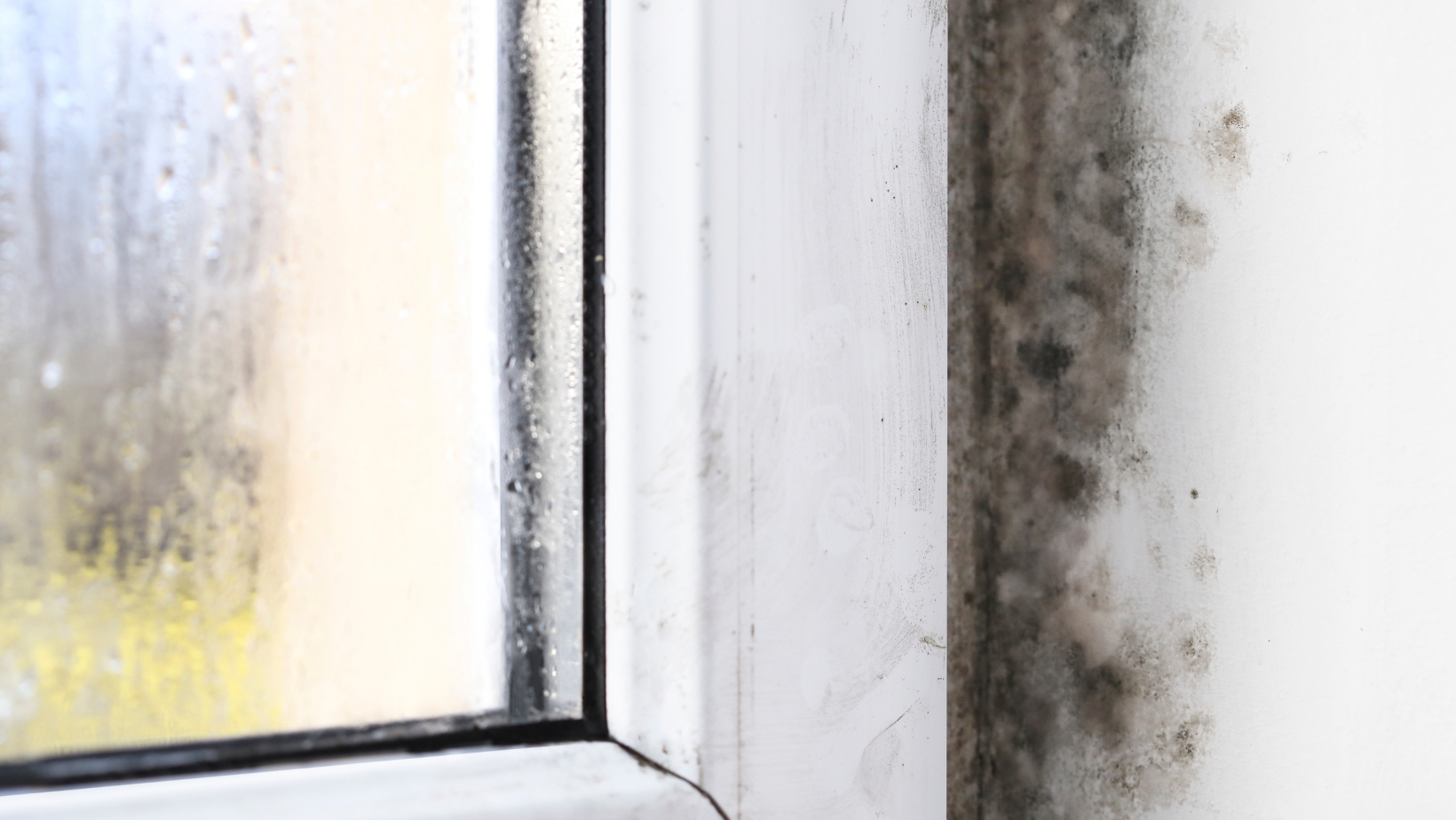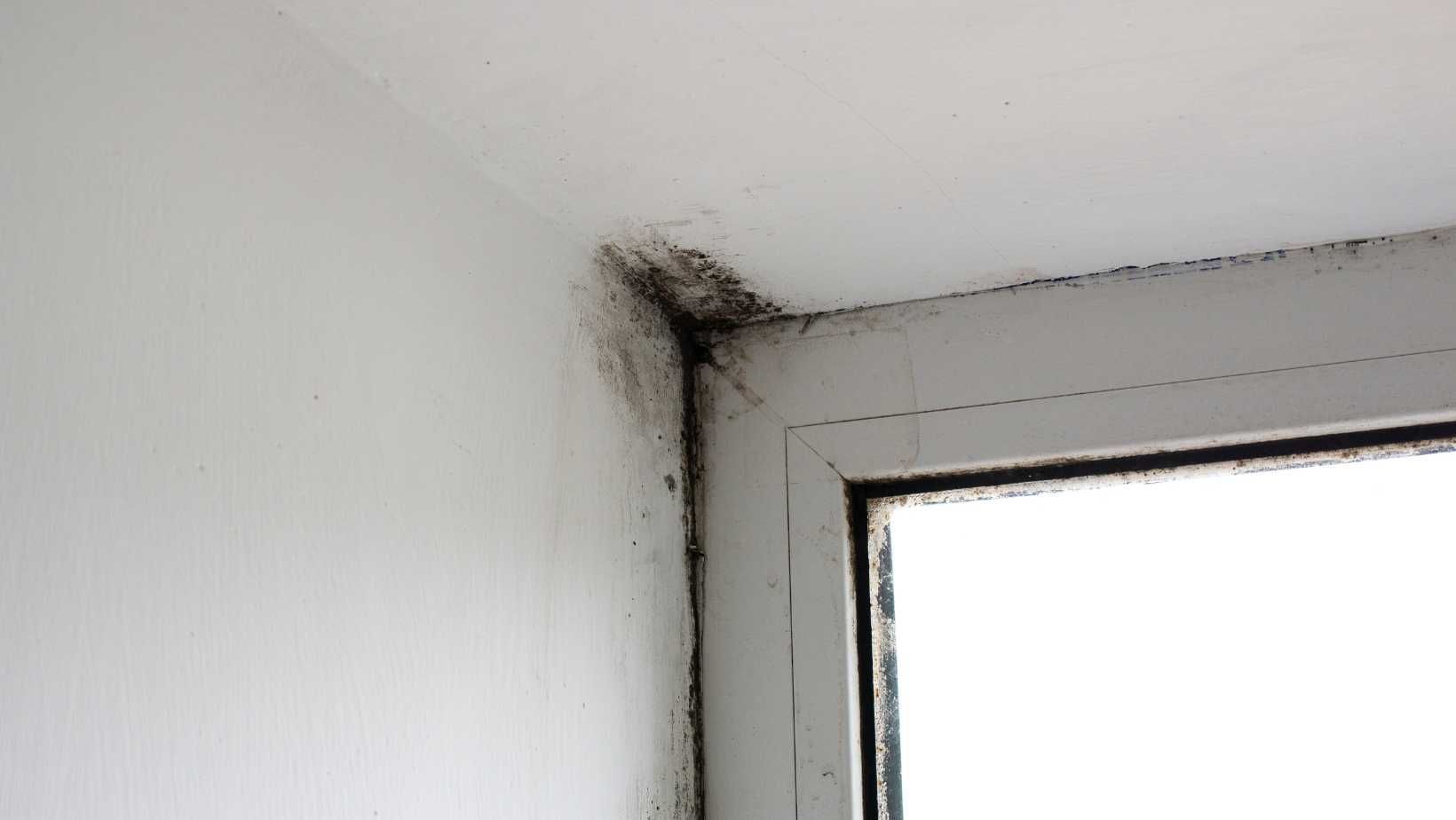Post-Remediation Mold Prevention & Upkeep
The same area where mold was prior to the remediation may be at risk still, depending on the conditions of the home. Another area of the home may have conditions conducive to fungal growth that your mold technicians advised you to keep an eye on. Regardless of the specific spot, it is ideal to minimize mold sustaining conditions throughout the entire home. You may be unsure of where to start, but this is not something to be intimidated by. First and foremost, you will want to identify areas that are more susceptible to fungal growth than others.
Post-Remediation Prevention: Identifying Areas With High Moisture Content
The first thing you will want to do throughout your home is to minimize moisture content and humidity levels. Keep an eye on the areas that were remediated, as well as all other areas of the home. It may seem excessive, but you can never be too safe when it comes to post-remediation prevention. Implementing these prevention methods throughout the entire home will save you the trouble of another potential remediation in the future. Areas of the home to keep an eye out for excess moisture and humidity include:
Attics & Basements
The stuffy nature of attics and basements makes these areas hotspots for excess moisture. Many attics and basements experience poor ventilation, which can lead to excess humidity and mold if not properly taken care of. Employing the use of proper ventilation in your attic and basement make a huge difference, lowering the moisture content immensely and furthering the post-remediation prevention process. You may also want to consider using a dehumidifier in these areas if they are excessively humid. The ideal humidity level for anywhere in the home is between 35% and 50%. Ask your professional mold remediation experts for dehumidifier recommendations if this is a cause for concern.
Kitchens & Bathrooms
While these two should not be grouped together in any other context, the post-remediation prevention processes in these areas are very similar. Both kitchens and bathrooms experience a lot of heat, steam, and moisture. Cooking, doing dishes, and showering often puts off a lot of excess moisture, steam and condensation. This moisture can settle into the space, which can potentially build up over time, creating moisture damage and even mold. Slow moisture buildup can be more dangerous than a full blown leak or flood, because it can go unnoticed for much longer. Ensure that both your kitchen and bathroom are properly ventilated, especially when doing something that creates a lot of moisture. These areas are generally pretty small compared to other rooms in the home, so even an open window can make all the difference. If you want to go the extra mile when it comes to post-remediation prevention in these areas, you can wipe away condensation from walls, shower doors, and windows. This will ensure that no excess moisture becomes trapped in the space.
Prevent Mold From Returning
The number one way to keep up with post-remediation prevention is to minimize moisture and humidity levels throughout the home. As previously discussed, ideal humidity levels in all areas of the home should stay between 35% and 50%. Employing the use of proper ventilation wherever possible will also make a huge difference. As you can see, just a few simple adjustments here and there can go a long way in your post-remediation prevention process.
To learn more about post-remediation mold prevention, or to schedule an inspection, call DryMax today!
You might also like
DryMax Mold Blogs




